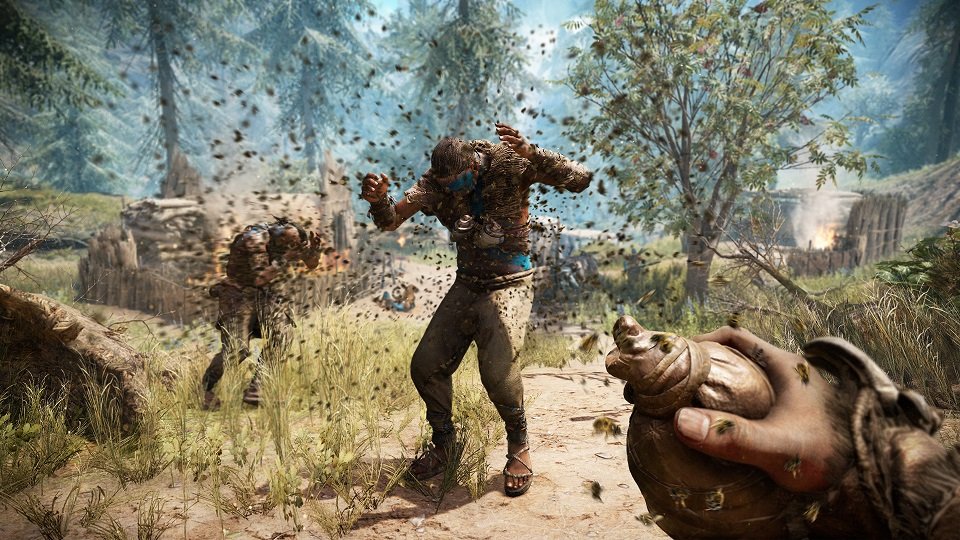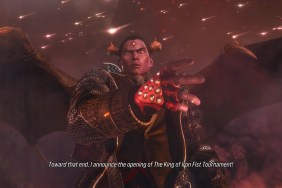The best thing to happen to Far Cry happened ten thousand years ago.
It was an unfamiliar scent, making him easy to track. I had come across many wolves in
Oros, but none like this. He was striped, white, brown, and black, with a scar on his eye. I had managed to separate him from the rest of the pack to a small opening in the forest lit by moonlight. As he tore at the meat I had laid as a trap, I crept up to this rare sight. Slowly, steadily, I moved through the tall grass. Tonight, the wolf would be mine. I will make him listen, for I am the Beast Master. I was close enough that, if video games could implore all five senses, I could smell the rotted meat being torn apart. Now, all I had to do was press the Square button…
…When a sabretooth tiger came out of freaking nowhere and murdered me.
This moment sums up perfectly my experience with Far Cry Primal, the latest in Ubisoft’s open-world action-adventure franchise (the other open-world action-adventure franchise, anyway), with moments of excellence marred by its kitchen-sink approach to content. Far Cry Primal is a leaner beast than its predecessors and in a lot of ways better for it. However, the franchise’s insistence on constantly giving the player something to do (or rather, kill) can take you out of what is the best Far Cry to date.
In Far Cry Primal, you play as Takkar, a member of the Wenja tribe who finds himself in the land of Oros after surviving a sabretooth tiger attack. Soon, the player is tasked with gathering the other Wenja tribespeople and fighting back against the Udam, cannibals who hail from the frozen north, and the Izila, southerners with a penchant for fire. All three tribes are in a fight for survival, and this is Far Cry Primal’s greatest strength. Previous games in the franchise always cast you as the outsider and inevitably asked you to make a choice between conflicts of ideologies. Here, everyone has the same idea (read: to not die) and the game is very good at giving the player a sympathetic view of the other tribes without asking them to choose one or the other. Players looking for their next Pagan Min may be a little disappointed, but there are plenty of other characters to keep the player entertained throughout their journey.
After the sabretooth tiger attack, which occurs in the opening minutes of the game, players meet Sayla, the first of the many Wenja tribespeople who will join you in Oros. Players find her, a gatherer by trade, collecting the ears of fallen Udam warriors. She has a personal vendetta against the Udam who came and attacked the Wenja “many moons ago.” Soon you are joined by other Wenja, such as Tensay the shaman with his unusual cures for everything, and Wogah, the one-handed craftsman with a penchant for using bodily fluids in creative ways. My personal favorite is Urki, a cross between a redneck inventor and that guy in your college class who gets really excited about philosophy. Keep in mind, everyone speaks in a language requiring subtitles [They're variants of Proto-Indo-European or PIE. ~Ed. Nick Tan], so kudos to the voice actors who gave personality with a language so unrecognizable (to humans now).
Players will gather these eccentric personalities and rebuild their Wenja home. Each character you meet will unlock new skills and crafting abilities, which is nothing new to fans of the franchise. What is new, however, is the complete absence of guns, vehicles, and explosives. This being set some ten thousand years before the concept of a calendar, players of this primitive time must make do with weapons like bows, clubs, and spears—a bold choice for a first-person shooter, but one that pays off from a gameplay perspective.
A lack of ranged weapons means players will have to get up close and personal with their enemies, and nothing gets the blood flowing like going toe-to-toe with a bear intent on eating your face. Each weapon is best suited for different enemies, so players will have to constantly change tactics if they wish to survive. Oh, and here’s a hint: Animals are afraid of fire. Sounds easy, but when confronted with a pack of wolves and two bars of health, one tends to forget common sense. Don’t hurt those wolves, though: Players soon learn that Takkar may be a caveman, but he is also a Beast Master.
Players can tame wild animals to fight alongside them in what I can only describe as Pokémon meets Mel Gibson’s Apocalypto. Each animal has different attributes, whether it is tagging enemies within a certain radius or scavenging for resources. The first creature you tame, the owl, can be summoned to scout areas such as outposts or bonfires. You can also command your beasts to attack from the sky, which had me saying, “Rad.” Coordinating your attacks from the sky becomes crucial toward the end game, when players will be tasked to take down large outposts with nothing but some sticks and a giant bear. I forgot to mention that some animals, after they’ve been tamed, can be ridden. Including bears. Let me repeat that: Players can ride a bear into battle.
Totally rad.
While out in the wild, players may encounter rare beasts, notable by their scent. How does one “see” a scent? Why, Hunter Vision of course! A trend started by Batman and taken by just about every game ever since, players can click in the right analog stick and highlight enemies and resources. Players will also need to utilize this magic vision power to find and track the Great Beasts, legendary creatures that will take all of a player’s resources to take down. Hunting each of these creatures takes the player across Oros, where they will find clues to the creature’s whereabouts. When close, they can set traps that will help slow or damage the beast. Nothing is more satisfying than when you finally tame one of these ferocious beasts with only a single arrow left in your quiver. It is during these hunts that Far Cry Primal sets itself apart the most from its predecessors in the best possible way.
Thankfully, Far Cry Primal stays rooted in one other Far Cry trait: the visuals. Previous games have featured lush jungles, craggy mountains, and beautiful (but deadly) islands. The land of Oros trumps them all. The land that belongs to the Wenja is set in the middle of a beautiful valley, complete with rivers, waterfalls, and dense forest. And by forest, I mean forest moon of Endor forest, with trees so tall they block the sunlight. Head north enough, and players will find themselves in a snowy, hellish landscape where only the warmest should tread. To the south, red rocky cliffs that burn with fire at dawn.
Day or night, the lighting effects in Far Cry: Primal are very evocative. Stalking prey while slivers of moonlight cut through the trees. Climbing the top of a mountain while the sky turns red, gold, and green (colors like my dreams… Karma Chameleon, anyone?). The first time you see the gold glow of a wolf’s eyes on a dark night will terrify you. It’s a shame, then, that in all of its beauty, Far Cry Primal fails to hide the blemishes of its past.
Even going back ten thousand years, Primal can’t get away from the problems that have continued to plague the franchise. Little problems, to be sure, but with this many games under the Far Cry belt, they become less forgivable. Firstly, the controls—while bringing up the weapon wheel is intuitive and snappy, the control scheme overstuffs some button functions while leaving others barren. The Square button, for example, is used for the following: gathering plants, searching bodies, skinning animals, feeding animals, petting animals, riding animals, and igniting weapons. Contextual buttons are fine, except when the context is feeding your animal to keep him alive and you end up harvesting a tree instead.
In addition, pressing the R3 button initiates a takedown, while holding it down enables Hunter Vision. There was a number of times when a confrontation with the enemy ended with my seeing yellow. All the while, the triangle button only does one thing—heal you—and even then you have to hold the button. I stayed away from melee combat in previous Far Cry games because of this control scheme, so it is unfortunate to see it unresolved for a game that has you frequently charging enemies and bashing their skulls.
Another aspect that keeps this game from being even better is the sheer number of threats at any given time. It seems like everywhere you turn there’s an Udam hunting party. That story at the top of the review didn’t happen just once; I frequently found myself practicing the Circle of Life as I hunted one animal only to find another one lurking behind me. While it does create some tense moments, the sheer frequency at which it happens makes it less special and more of a chore. Keep some meat handy, as your tamed pet will often initiate a fight with a cave bear, leaving you to play ring-around-the-rosy while you try stay alive just long enough to heal him. This wouldn’t be such a problem if wasn’t for the fact that previous Far Cry games had the same problem. Getting from point A to B feels more like point A to run away and spam the Triangle button. While upgrades are available to increase the power of your attacks, there are no upgrades available to increase your overall defense. Small, nagging issues, yes, but ones that continue to hold back the franchise.
The last issue I had has less to do with Far Cry and more with the state of open-world games in general: the content problem. At times, Far Cry Primal (and other games like it) can feel like a trip to the Hometown Buffet. Just because you are getting your money’s worth doesn’t mean that it’s all good. You’ll find things that you like (The Great Beast hunts) but not enough of it, while the salad bar (collecting things of every shape and color) remain untouched. Playing the game can feel less like an experience at times and more like a hyper-violent to-do list. In what must be an Ubisoft mandate, one such activity has players securing bonfires to expose more of the map. These bonfires are usually placed at the tops of cliffs, stacked tall like a tower. Everyone likes towers, right? In what must be Ubisoft at its most self-aware, players light the tower on fire to claim the area. It's just tiring at this point.
Far Cry Primal is like lobster macaroni and cheese. Comfort food elevated by trying something different, and as a result it mostly succeeds. Taking out the guns and vehicles (unless you count the bears) and keeping the story simple were bold, smart choices for a franchise that could have easily wore out its welcome. Ironically, for a game set so far in the past, it's the past that occasionally holds back Far Cry Primal from true greatness. Nevertheless, this game is a breath of fresh air for both the franchise and first-person action games in general. Just keep an eye out for bears.
-
Lack of guns and vehicles allows for more dynamic gameplay
-
Great Beast hunts are tense, stressful, awesome
-
Lush, evocative visuals
-
You can ride a bear <i>into battle</i>
-
Fixes too few of the franchise's problems
-
One button, too many functions
-
Abundance of things that can kill you can detract from quieter moments
far-cry-primal
-
far-cry-primal #1
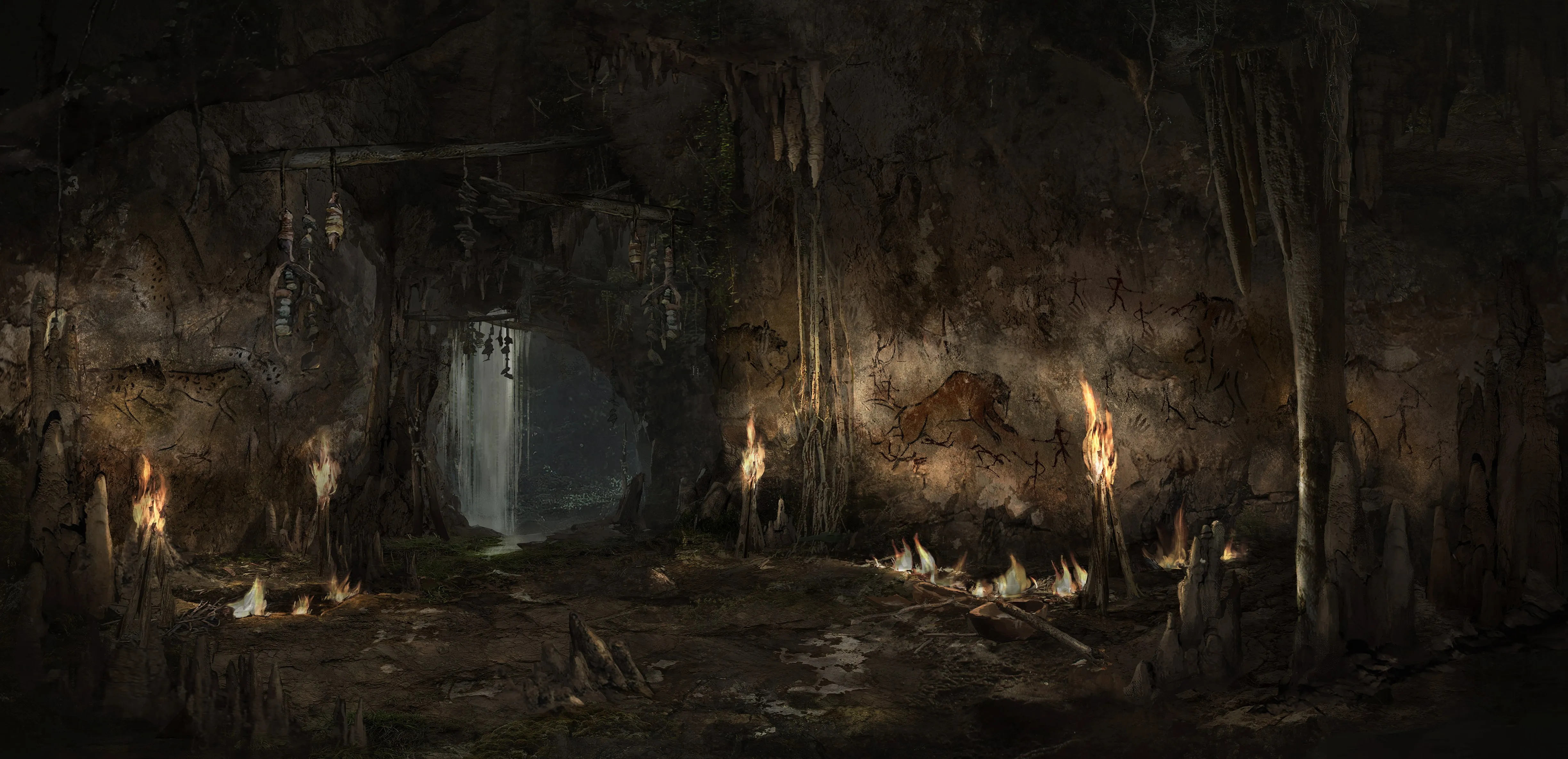
-
far-cry-primal #2
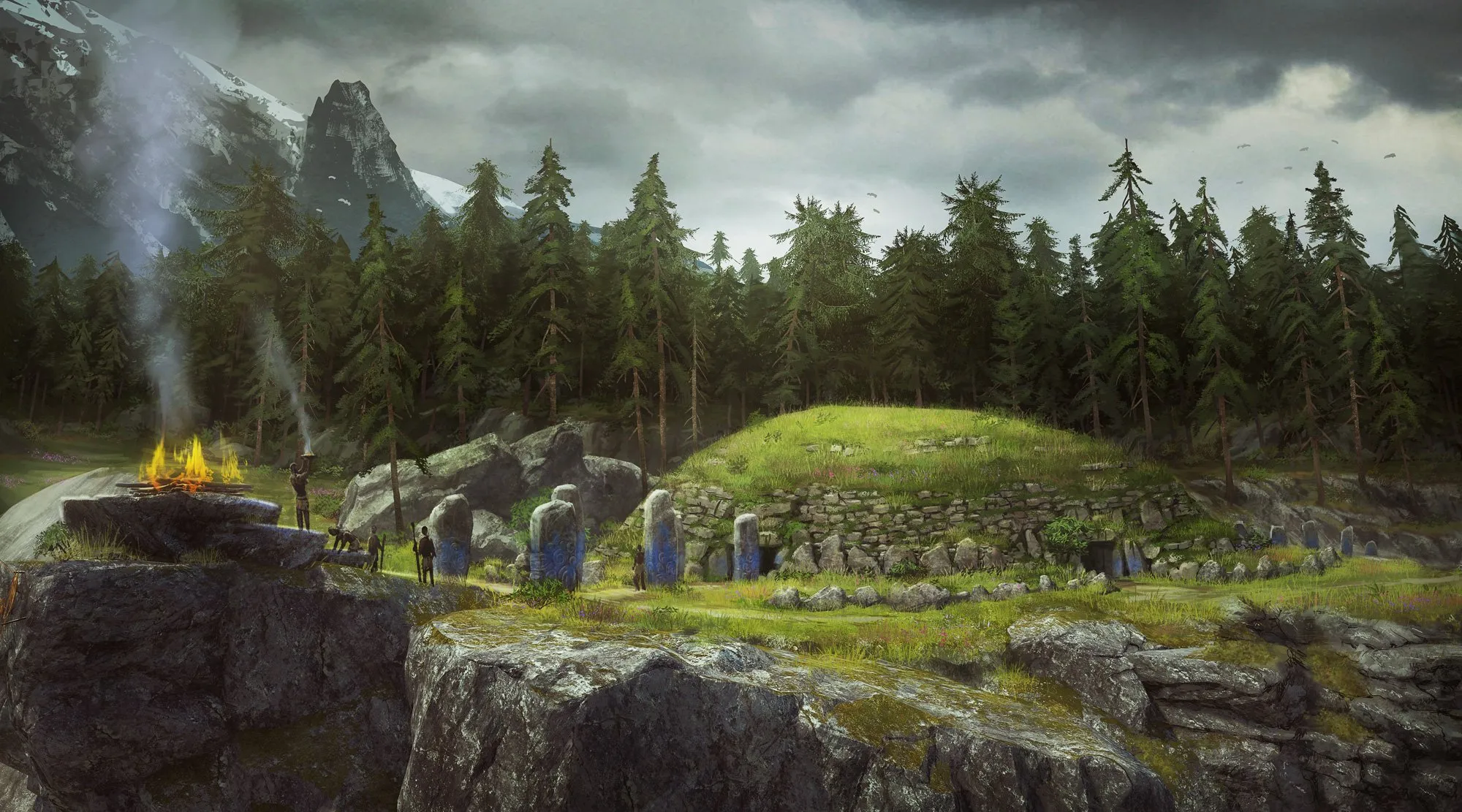
-
far-cry-primal #3
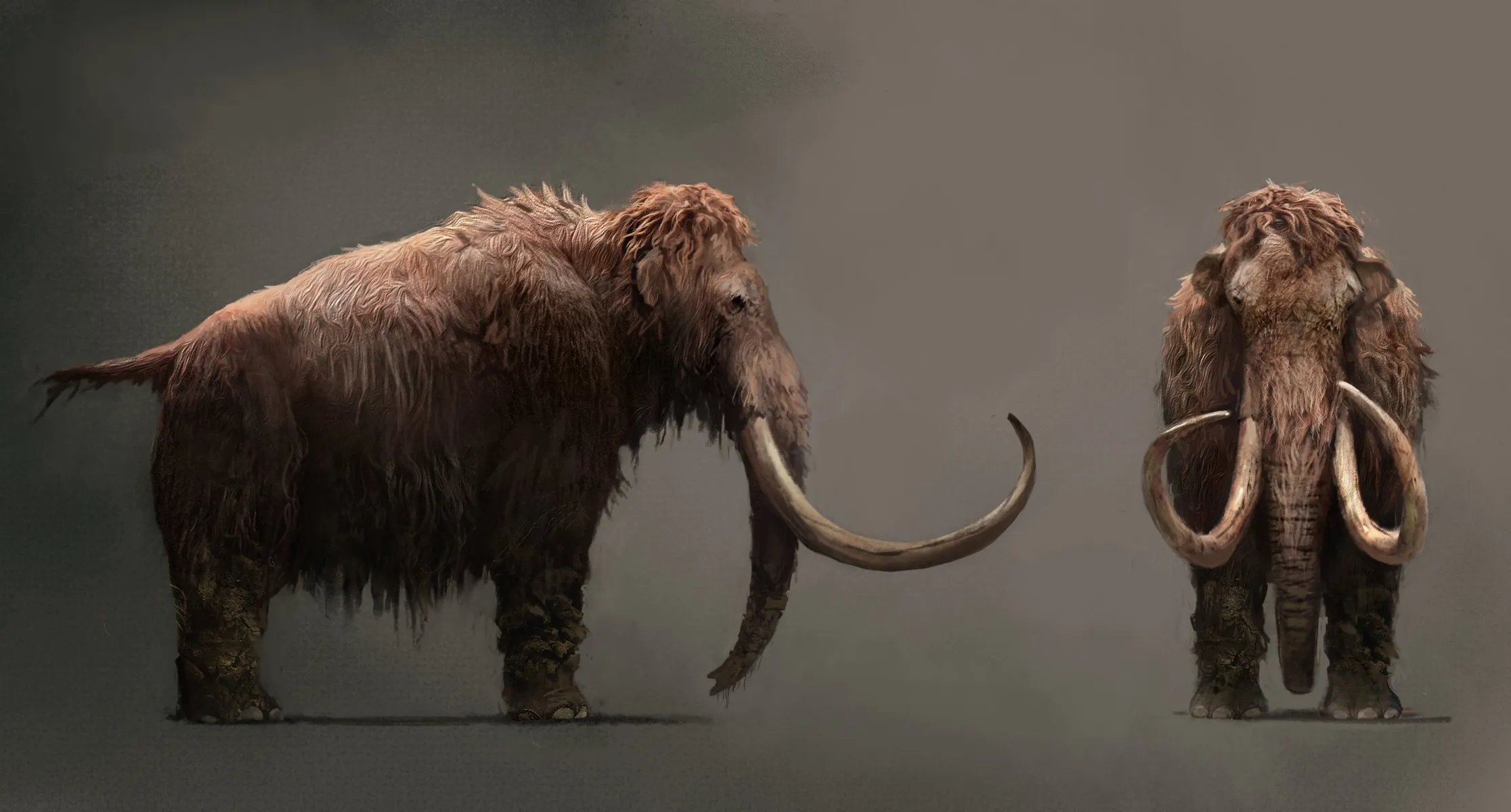
-
far-cry-primal #4
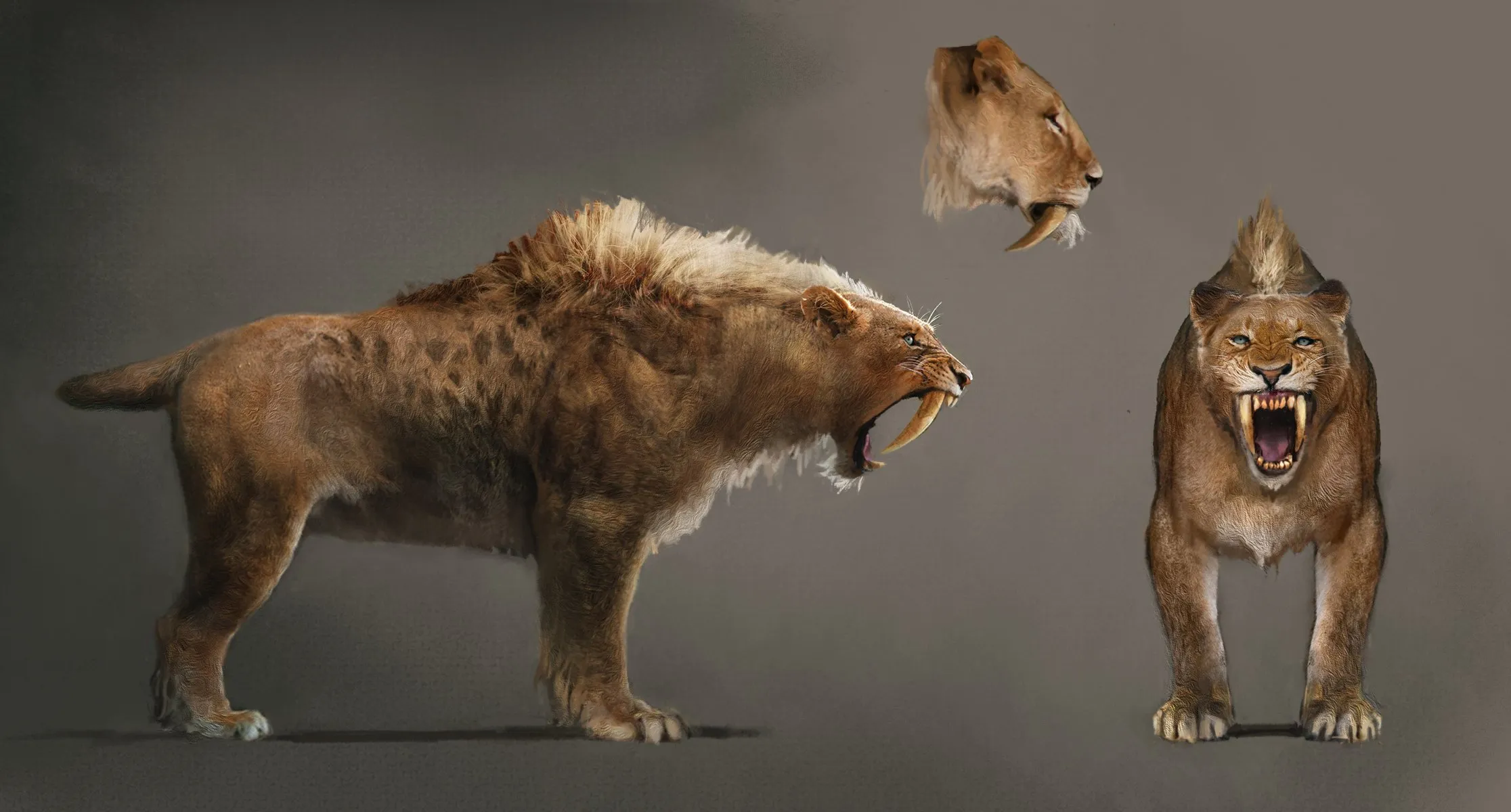
-
far-cry-primal #5
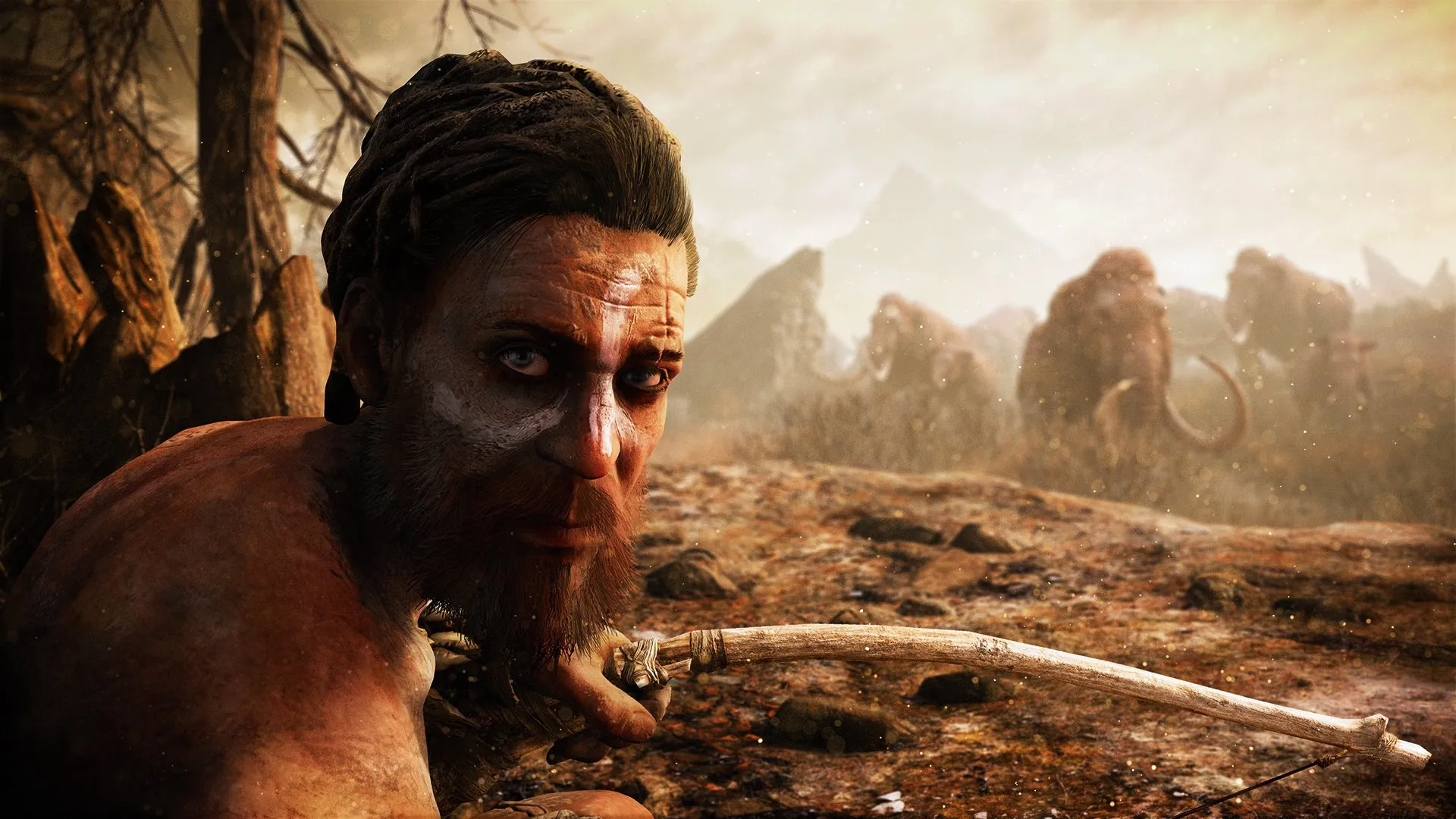
-
far-cry-primal #6
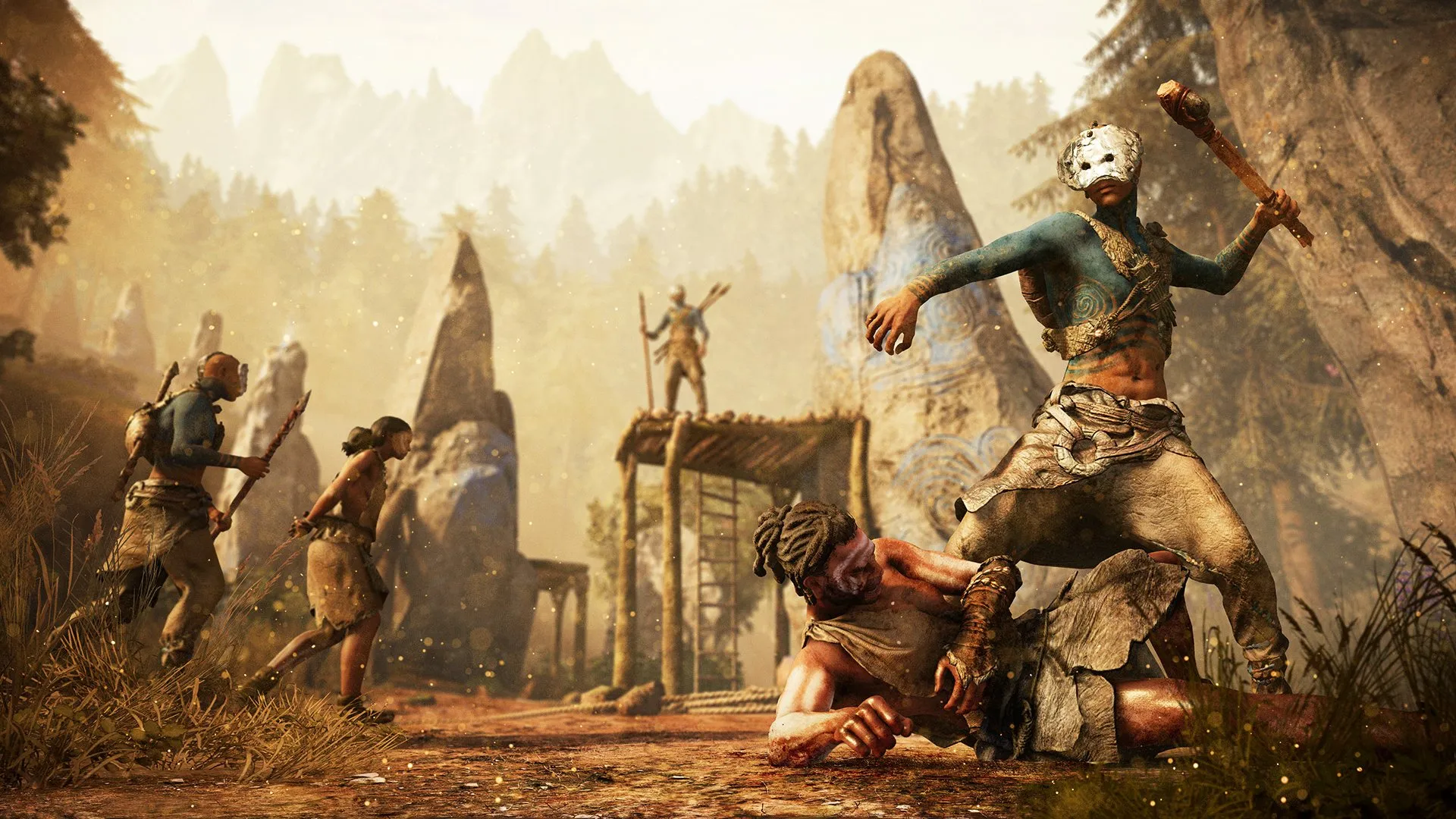
-
far-cry-primal #7
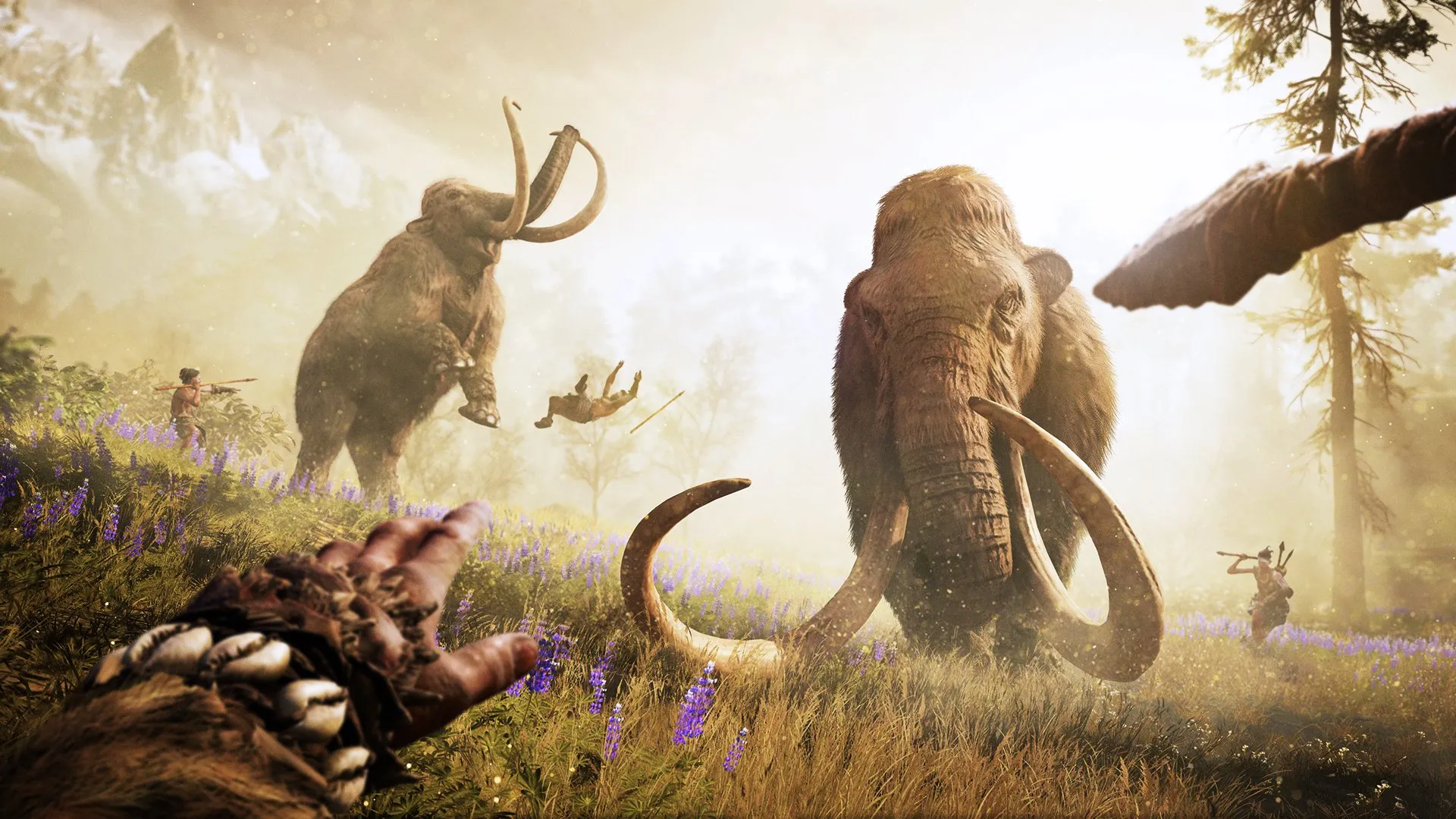
-
far-cry-primal #8
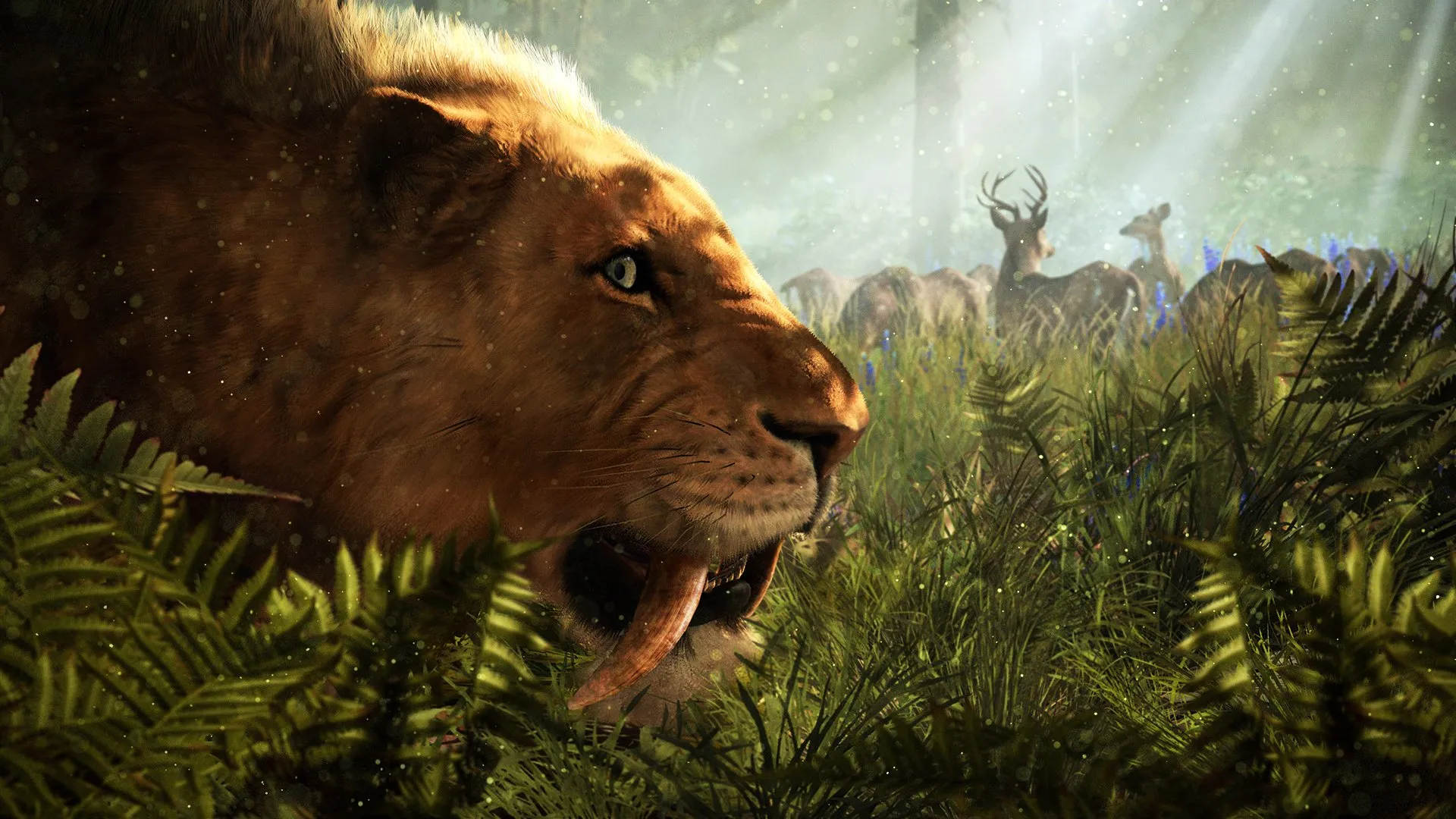
-
far-cry-primal #9
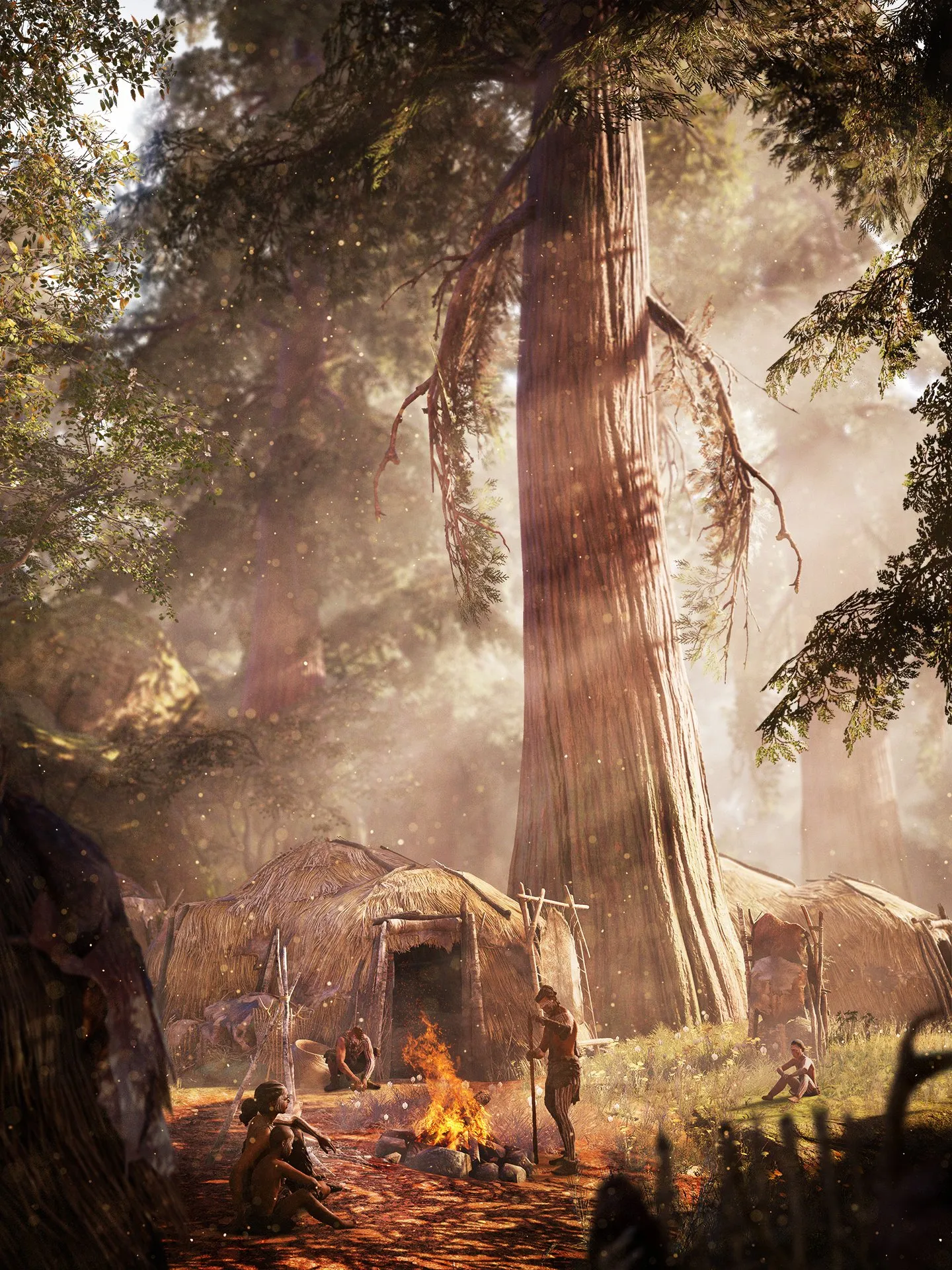
-
far-cry-primal #10
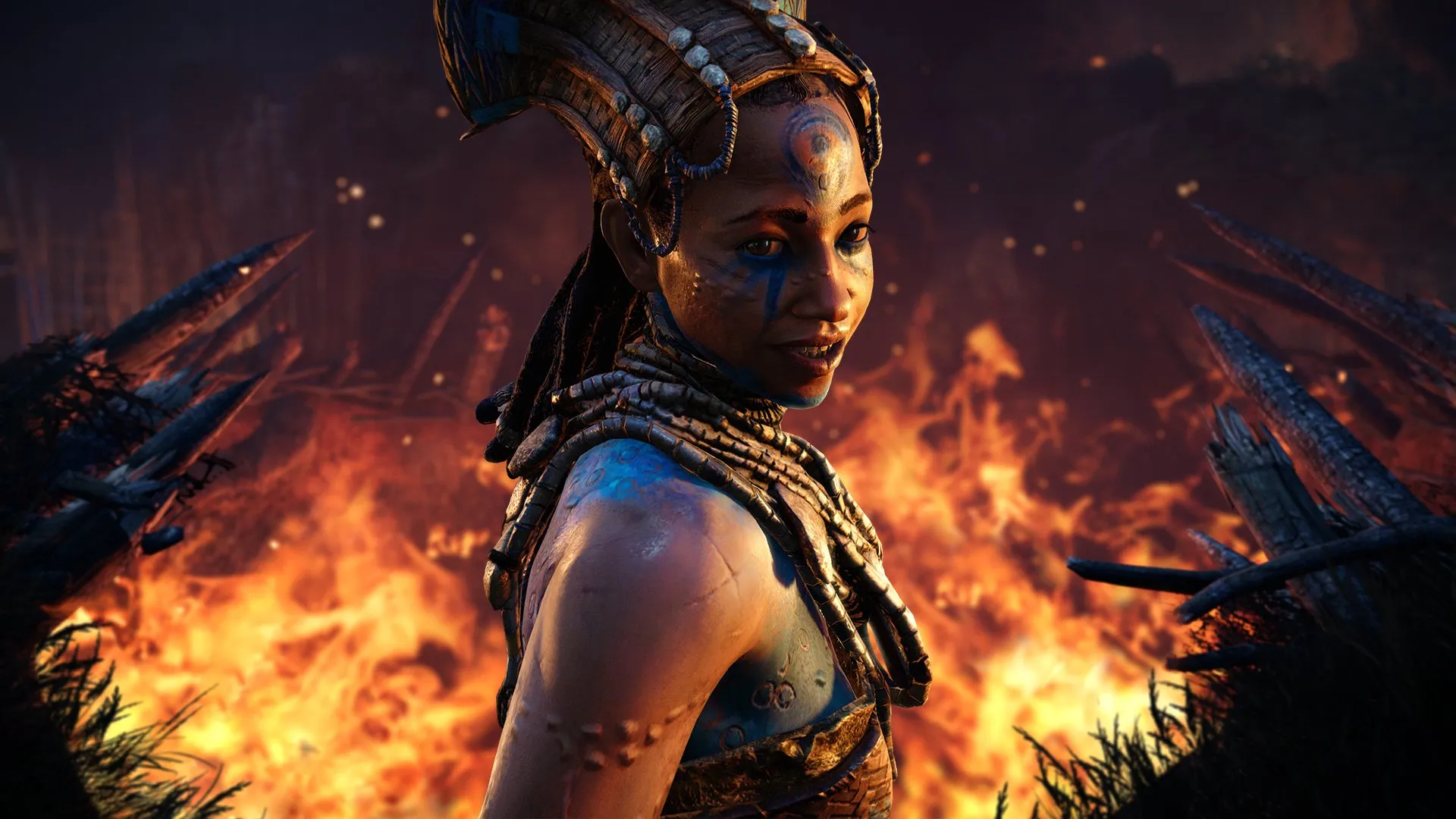
-
far-cry-primal #11
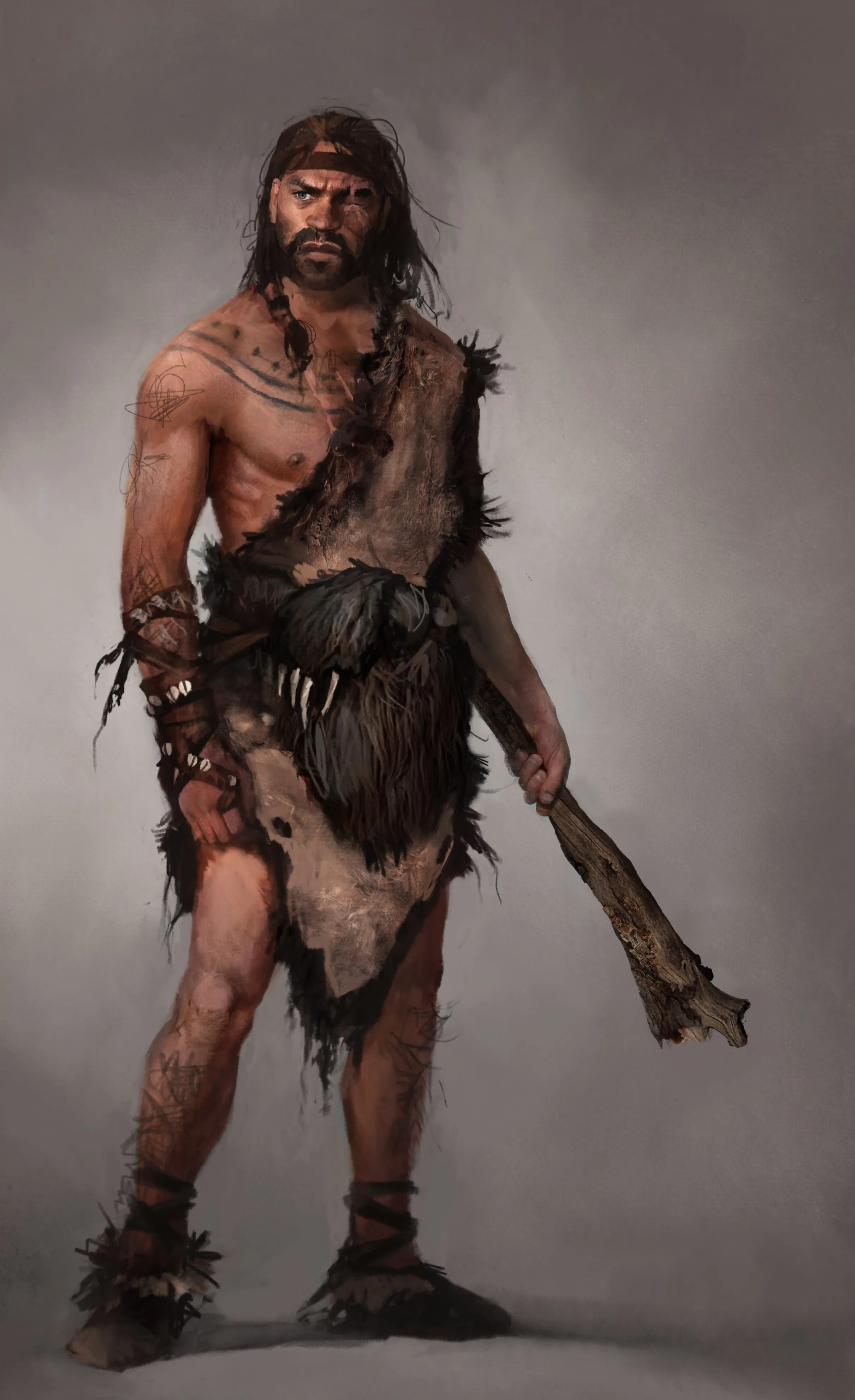
-
far-cry-primal #12
